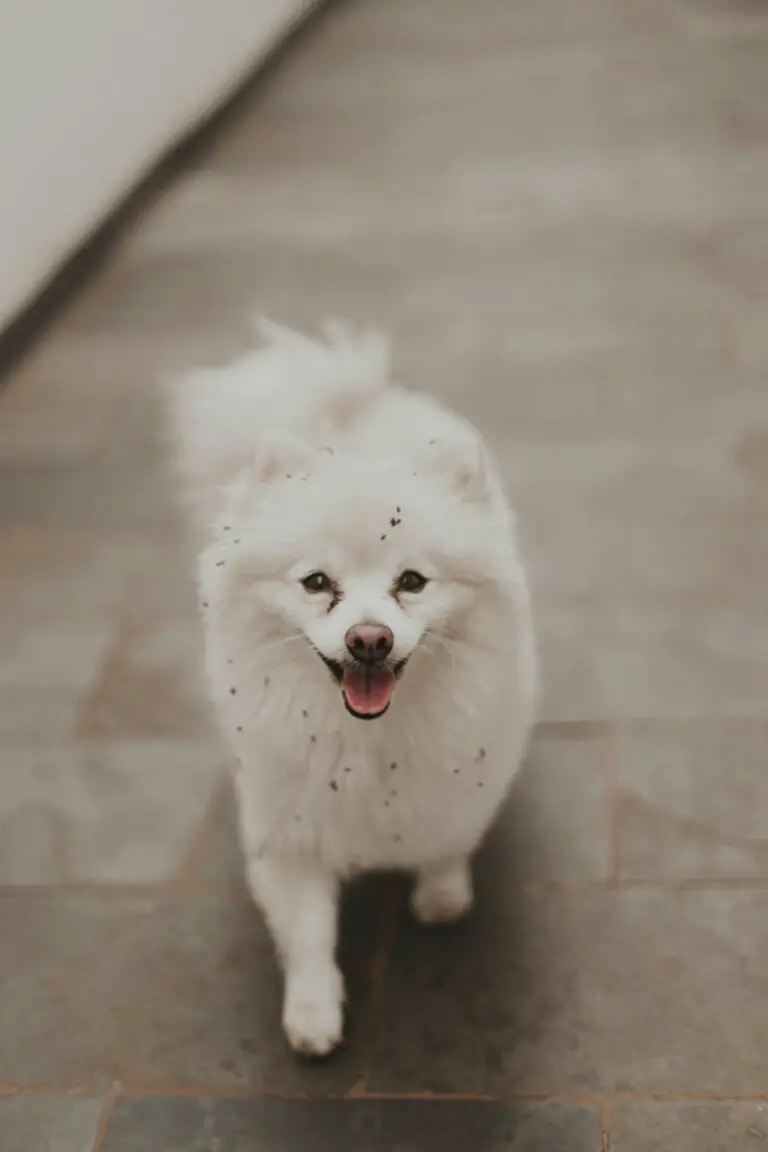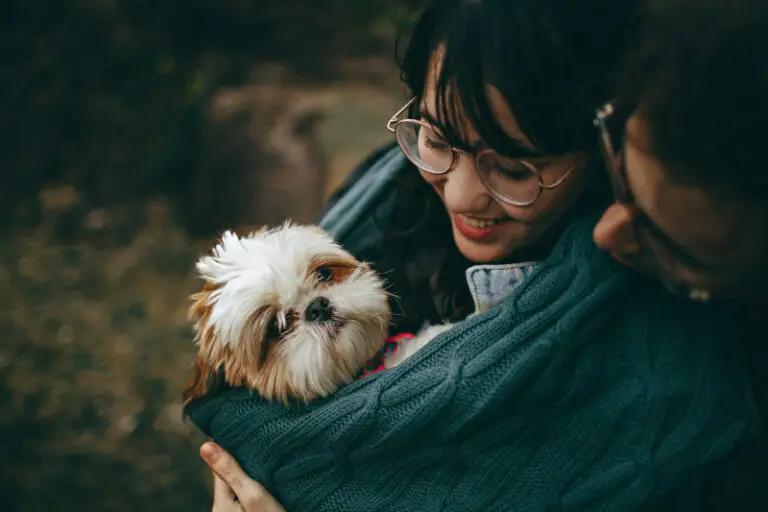Surely you already know that bloodhounds are the original hunting dogs. In this fascinating canine group, there is great diversity, both in physical traits and temperament. In fact, the history of assistance during hunting activities is often the only common link between many of these breeds.
Looking for information on the different types of bloodhounds that exist? You may be interested to know that the hound-type dog category is divided into 2 general sub-groups and consists of almost 100 breeds around the world.
Table of Contents
Types of bloodhound dog: abilities, characteristics, and breeds
Bloodhounds, or hunting dogs, were bred to track and hunt prey in a variety of environments. Breeding adapted them to develop different abilities depending on the terrain and hunting environment.
Some hounds developed great tracking ability due to their olfactory sensitivity, while others relied on speed and keen eyesight.
Taking this into account, two main types of hound dogs are distinguished:
Sniffer hounds or scent hounds
Greyhounds or visual hunters
In addition, a third type or sub-group is established that includes the hounds that use both senses (smell and sight) to hunt their prey, hence it is difficult to classify them as one of these specific types.
Regardless of their size or the group, they are in, all bloodhounds have the same common ancestor, a sensitive and agile dog created to assist their owners in hunting activities.
1. Sniffing or tracking hound
It is the type of hound that uses the power of smell to hunt its prey. Breeds in this group are said to have one of the best noses in the animal world.
They were originally bred to track the scent of prey in places where line of sight was interrupted by the presence of trees and dense brush.
Tracking dogs are not particularly fast. They were not developed to chase at high speed, but to be resistant and follow the trail of the animal for long periods of time. It is believed that some hounds of this type can even follow a scent for several days through running water.
Typically, they are exuberant, long, floppy-eared dogs with large nasal cavities. Their lips always appear moist, a trait developed to help them better capture scent.
Some breeds have long legs and move faster (they were originally followed on horseback ), while others have short legs and are slower (they were originally followed on foot ).
In turn, scent-based hounds are divided into two sub-types: the typical tracking hound and the tree hound.
Tracking hounds
They are dogs that tend to work in packs, with a great ability to follow and resistance. They use to howl or bark to guide the hunter along the path when they are out of sight.
Some popular breeds of scent hounds are:
- American Foxhound (fox hunting dog)
- Basset hound
- Beagle
- Hound of Saint Hubert
- Dachshund or dachshund
- English foxhound
- Greater Basset Griffon Vendeen
- Little Basset Griffon Vendeen
- harriers
- Otterhound (Otter Hunter)
- Plott hound
- Tree hounds
Included here are coonhounds, also known as raccoon hounds or coon dogs, and curs.
Coonhounds were developed in America by early American settlers. Typically, they were used as watchdogs and hunters, assisting in the hunting of small prey such as squirrels and raccoons, or large prey such as mountain lions, bears, deer, and wild boar.
Because hunters had to cover a fairly large area, these hounds developed the ability to detect not-so-recent scents, track prey, and guide men through the trees.
For their part, the curs-type hounds were used mostly in the southern and western United States as general working dogs. Sometimes they were used for hunting and other times to drive cattle.
Some tree hound breeds are:
- Black and tan coonhound
- American Black and Tan Coonhound
- Anglo-American Raccoon Hunter
- Catahoula
- Blackmouth Cur
- Bluetick Coonhound
- Big tree hound
- Redbone Coonhound
While some scent hounds are still used for hunting in some regions, the vast majority of them are kept as pets. They tend to adapt well to family life and are very good with children.
However, they can be difficult to train, as their natural hunting instinct makes them easily distracted. It is normal for them to feel the need to chase small animals in their environment, such as cats, rats, and squirrels, instead of paying attention to another activity.
See below: How many Types of Dachshunds are there? Size, Hair, Colors + Photos
2. Greyhounds
Also called greyhounds or staring hounds, sighthounds are the type of hound that relies on their eyesight, speed, and agility to capture prey.
They are said to have been developed in North Africa thousands of years ago to visually track animals over the flat, arid desert landscape.
Unlike tracking hounds, these were bred to pursue, neutralize, and kill prey, rather than corral it and wait for the hunter to kill it.
They are streamlined hunting dogs, with long, thin faces, light bone, elongated legs, and a flexible back to increase their speed.
In addition, the keen sense of sight allows them to detect the slightest movement with ease. Sighthounds are capable of taking fast-moving prey, such as deer and hares, on a regular basis.
These are some of the most popular sighthound-type dog breeds:
- Afghan hound
- Azawakh
- Basenji
- Borzoi (Russian Greyhound)
- Cirneco del Etna
- Greyhound or English hound
- Ibizan Hound
- Irish wolfhound
- Pharaonic hound
- Saluki (royal dog of Egypt)
- Scottish hound
- Arabian hound
- Whippet
- Mudhol Hound (Caravan Hound)
Today, most sighthounds are kept as pets and not as hunting dogs. That does not mean that they settle for a boring and inactive life; just the opposite.
As faithful heirs to their ancestors, these majestic hounds require plenty of physical activity. In fact, they are often big stars in racing competitions.
Recommended:
- How Many Types of Beagle Are There? Characteristics, Differences + 25 Colors
- What are the Types of Greyhounds? 15 Breeds + Photos
3. Other types of hounds
There are some breeds related to hounds that are not included in any of the previous groups, for example:
- The Rhodesian Ridgeback
- Norwegian moose hunter
- The dalmatian
Bloodhounds as pets
Choose the right breed
Hounds or hunting dogs are very varied. This includes specimens as small as the popular dachshund and large specimens such as the huge Irish Wolfhound.
Before choosing a pet bloodhound it is important to consider each breed independently, as their personalities vary as much as their physique.
Some types of hounds are known to make great family pets, like the wonderful beagle, but others can be difficult to integrate into your daily routine due to their high physical activity requirement.
In general, they all enjoy being in the company of humans, just make sure you can meet their specific needs before bringing one home.
Train a hound
All bloodhounds share the same intelligent and willing personality to work alongside their owner. This makes them respond very well to positive reinforcement training. Some of the more energetic breeds are particularly good at testing agility, search, track, and capture.
He considers that training these dogs can be difficult given their innate ability to focus on their hunting senses, be it smell or sight. Sometimes it is impossible for them to pay attention if something has gotten in their way.
Understanding the origin and nature of the breed can help you make strategic changes to your environment and training plan.
Bloodhounds puppies
Like puppies of any breed, bloodhound-type puppies require early training and socialization; this helps them to become healthy adults, happy and friendly with people or other animals.
If you’re thinking of bringing home one of these adorable critters, consider finding a responsible breeder or visiting a shelter/rescue center.



